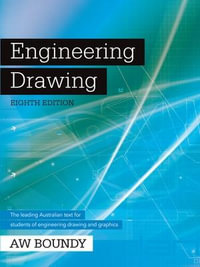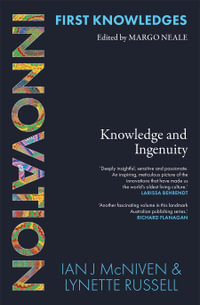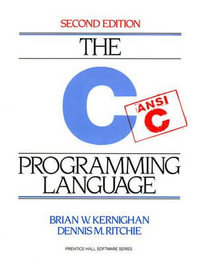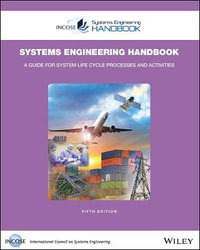
Engine Testing
Engine and Electrified Powertrain System Testing
By: A. J. Martyr, David R. Rogers
Paperback | 15 October 2020 | Edition Number 5
At a Glance
Paperback
RRP $254.95
$226.25
11%OFF
Aims to ship in 5 to 10 business days
When will this arrive by?
Enter delivery postcode to estimate
ISBN: 9780128212264
ISBN-10: 0128212268
Published: 15th October 2020
Format: Paperback
Language: English
Number of Pages: 742
Audience: Professional and Scholarly
Publisher: Elsevier Australia
Country of Publication: US
Edition Number: 5
Dimensions (cm): 22.9 x 15.2 x 3.76
Weight (kg): 0.98
Shipping
| Standard Shipping | Express Shipping | |
|---|---|---|
| Metro postcodes: | $9.99 | $14.95 |
| Regional postcodes: | $9.99 | $14.95 |
| Rural postcodes: | $9.99 | $14.95 |
How to return your order
At Booktopia, we offer hassle-free returns in accordance with our returns policy. If you wish to return an item, please get in touch with Booktopia Customer Care.
Additional postage charges may be applicable.
Defective items
If there is a problem with any of the items received for your order then the Booktopia Customer Care team is ready to assist you.
For more info please visit our Help Centre.























